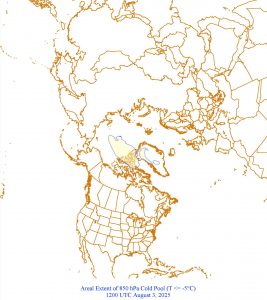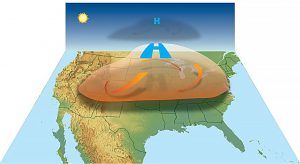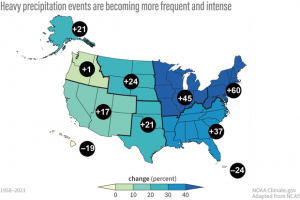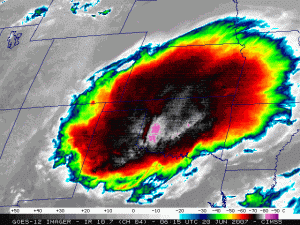The Trump Administration continues to double down on its naked denialism of the nature of, and threat posed by, human-induced changes to the global climate.
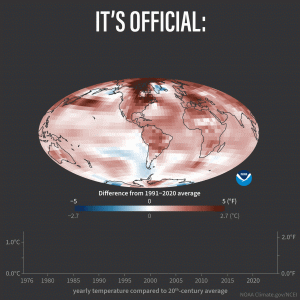
Late last month the Department of Energy released a 151-page report entitled “A Critical Review of Impacts of Greenhouse Gas Emissions on the U.S. Climate.” This report was commissioned this spring and work on it was conducted from early April until late May with a May 28 deadline to deliver a draft. It was authored by 5 scientists who share a deep skepticism regarding the broad scientific consensus that industrialization has played a leading role in altering the chemical composition of our atmosphere in such a way as to encourage global warming, ocean acidification, increased wildfire threat and an increased risk of high impact weather systems in all seasons.
This is hardly a non-biased or balanced panel and the report refutes prior National Climate Assessments, some written during the first Trump Administration. In addition, a number of chapters in the document contain multiple references to the 5 authors’ prior work on the issue – a good deal of which is far outside the scientific mainstream. Both the manner in which it was created and the content itself should suggest to any reasonably skeptical citizen that this report is little more than broadcast of a predetermined position on this important issue dressed up in official sounding scholarly language. We should expect better from our federal government.
This Trump administration recently dismissed everyone working on the Sixth National Climate Assessment, a congressionally mandated climate report that involves hundreds of scientists and experts and includes careful peer review. The scientific consensus remains that the global warming trend observed since the mid-20th century is due to human enhanced “greenhouse effect”.
Steve Ackerman and Jonathan Martin, professors in the UW-Madison department of atmospheric and oceanic sciences, are guests on WHA radio (970 AM) at noon the last Monday of each month. Send them your questions at stevea@ssec.wisc.edu or jemarti1@wisc.edu.

